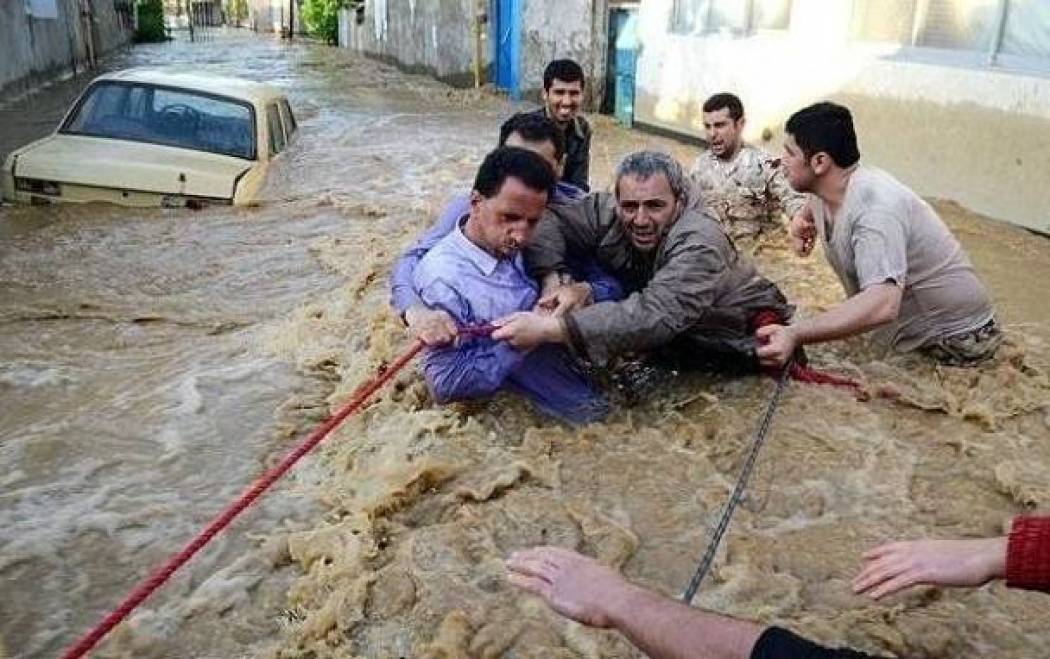
Traditional vs Nontraditional Security Threats
In security studies dominated by realist thinking, for a long time ‘traditional threats’ were the norm, with threats limited to military threats. However, post-Cold War there was a shakeup in security studies with human security being added to the security agenda. It included 1-environmental security 2-economic security, and 3- societal security. Non-traditional threats (NTS), also called non-military threats, began to be factored in. According to Mely Caballero-Anthony, NTS may be defined as ‘challenges to the survival and well-being of peoples and states that arise primarily out of nonmilitary sources, such as climate change, cross-border environmental degradation and resource depletion, infectious diseases, natural disasters, irregular migration, food shortages, people smuggling, drug trafficking, and other forms of transnational crime.’ The United Nations (UN) Human Development Report of 1994 was a landmark report as it shifted national security paradigms to consider people’s security along with territorial security. Since then, most states have included NTS in their security policies, and have undertaken many measures to counter the threats as outlined by Caballero-Anthony and the UN Human Development Report. Considering the aforementioned, this Iran in-depth piece aims to cover Iran’s recent flooding in light of environmental security, particularly analyzing the causes of the flooding, with a key question arising – can the floods be attributed to merely natural causes i.e climate change or are other self-inflicted causes at play resulting in the floods which have devastated large areas of the country?
Iran’s Flooding- Extent and Impact
For the past few weeks, Iran has been suffering from extensive flooding with most of its provinces being flooded causing widespread destruction to homes, buildings, roads and agricultural land. According to government data, approximately 269 cities and 5,148 villages have been damaged, with some villages being completely submerged and at least 70 people have been killed. In the province of Khuzestan alone, more than 400,000 people have become homeless. Additionally, people have been left without essential food and water supplies. Khuzestan is an oil producing and industrial province which witnessed ongoing protests against the regime from December 2017 to January 2018. Behnam Saeedi, Spokesman for the National Disaster Management Organisation, who spoke on Iranian state TV, said: “78 intercity roads have been blocked, as many as 2,199 rural roads and 84 bridges have been washed away.” He added: “Across 15 provinces, 141 rivers burst their banks and around 400 landslides were reported.” The Iranian government’s reaction has been totally inadequate, with a complete mishandling of the crisis, with many flood-hit areas not witnessing any relief or visits from government officials. The Red Crescent’s provincial director for Lorestan, Sarem Rezaee, stated that they had lost communication with many locations, adding: “We have requested emergency help from neighboring provinces but at present, no one can do anything.” As expected, the Iranian Supreme Leader was in complete denial, praising “high-ranking officials and military commanders” for their “presence and coordination.” This is despite the fact that some of the regime’s own politicians have criticized the IRGC for firing on protesters with the regime fearing an outbreak of protests similar to the ones that destabilized the regime at the end of 2017. Some IRGC commanders themselves have said that they have not entered provinces because of extreme public anger and that the situation is very dire. The Iranian President Hassan Rouhani has played the blame card and made absurd monetary promises that the regime will be unable to meet given its pressing economic woes as well as its inflated expenditure on its regional expansionist projects.
Causes – Natural or Man-made?
To be objective, one cannot rule out natural conditions, particularly weather patterns brought about because of climate change as being a key driver behind the recent flooding in Iran. However, weather patterns are not the only cause when we factor in the environment and what has been done to it over the years. Years of government-run deforestation to turn forest land into real estate construction zones, the establishment of dams for generating electricity and construction near rivers, coasts, or in known flood paths have caused havoc to the environment and lowered the potential of the ground to absorb water to prevent flash floods. Agricultural land turned into real estate construction projects or land without topsoil cannot absorb water in a way that would help the environment.
The IRGC’s dominance of the construction industry – together with a total lack of government oversight – has contributed to worsening drought over the years and to the drying of important waterways such as Lake Urmia. In the wake of this alarming trend, the government should have been ready to manage any sudden rainfall that has flooded most parts of the country, but it failed to address drought-stricken areas, leaving compacted soil unable to absorb rainfall.
In light of the aforementioned, the regime and its affiliates cannot escape responsibility and accountability for the recent flooding Iran has witnessed. But to date, it has been in self-denial, typical of a regime’s survival strategy in the midst of growing anger. However, such a strategy just delegitimizes the regime further, with growing awareness among the public of the regime’s culpability in the environmental degradation Iran has been witnessing over the years and its neglect of human security while it continues with its expansionist projects in countries such as Syria, Iraq and Yemen.
